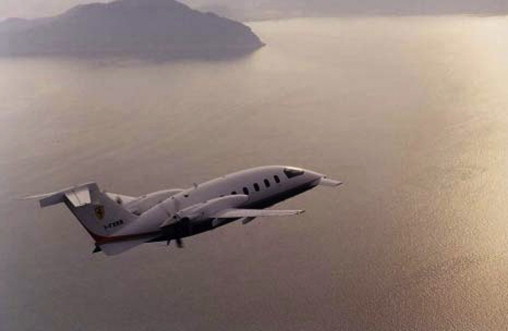Turbulent boundary layers (TBL) generated noise mainly determines the interior noise level in a jet-powered aircraft under the condition that all interior noise sources like ventilation systems, fans, hydraulic systems, etc. have been properly acoustically treated. For force reaction force, the TBL causes pressure fluctuations on the fuselage during flight, and these pressure fluctuations in turn vibrate the fuselage. As a result, the vibrating plates radiate noise into the aircraft.
If comparisons are made with measurements on an existing aircraft, a prediction procedure can be much improved. Supposing that interior noise levels for an existing aircraft are well documented, it should be possible to predict noise level variations due to new flight parameters and new fuselage design parameters as long as all variations of the design are moderate. The purpose of this research is to develop such a model for the prediction of the velocity levels of the fuselage and eventually the acoustic power radiated by the plates of the fuselage.
Reliable and well-proven models describing the interaction between TBL and structures have been investigated to characterize the dynamic surface pressure cross-spectra, such as Corcos, Efimtsov and Chase models.
The research is focused on the in-flight measurements on an existing small business aircraft with specific parameters, Piaggio P.180, shown in Fig. 1.

Fig. 1. Piaggio P.180 in-flight.
Predicted results utilizing these models are compared with the result of in-flight measurements of plate velocities. Results show that the combination of the so-called modified Corcos model and the curved plates simply supported alone two ring frames and two stringers gives reasonable agreement with in-flight measurements in the frequency range 500–1250 Hz. The Efimtsov extension and Chase models tend to underestimate the plate response in the lower frequency range.
It is concluded that the plate velocity strongly depend on the speed of the aircraft all other parameters being constant. An increase of the speed of the aircraft by 10% is likely to increase the plate velocity level by 3 dB, provided that the altitude is the same.
This research result was published online http://www.sciencedirect.com/science/article/pii/S0022460X12005226 and on the recently issued Journal of Sound and Vibration (Vol. 331, No. 24, Pages 5309–5325, 2012).


